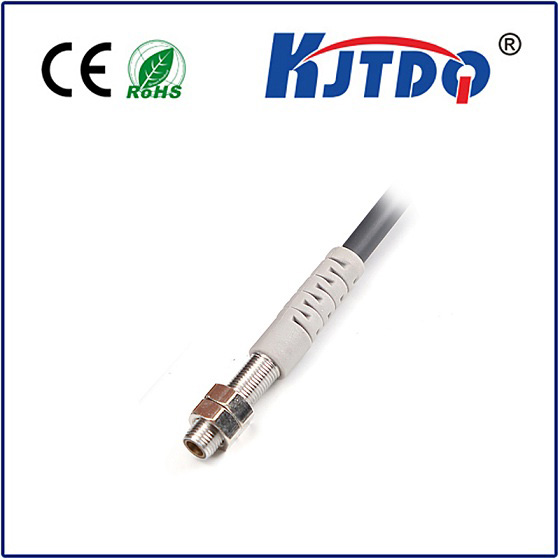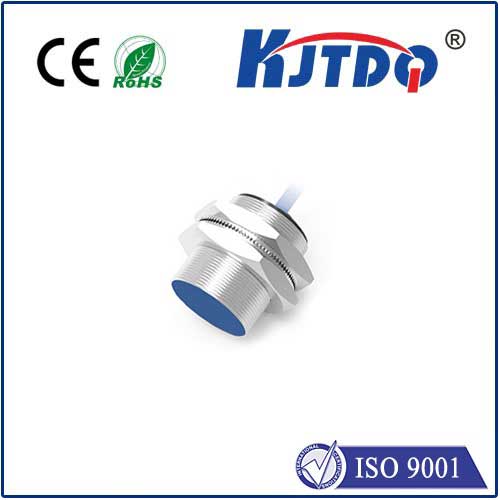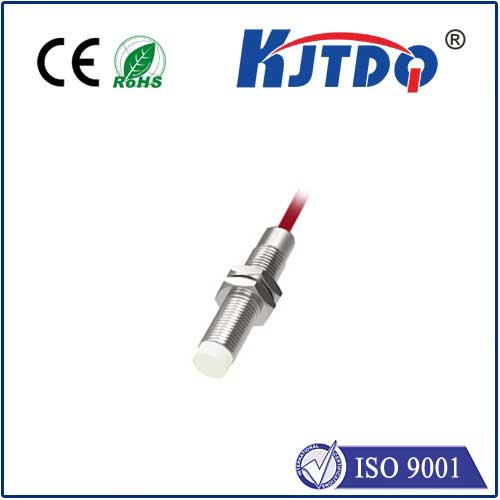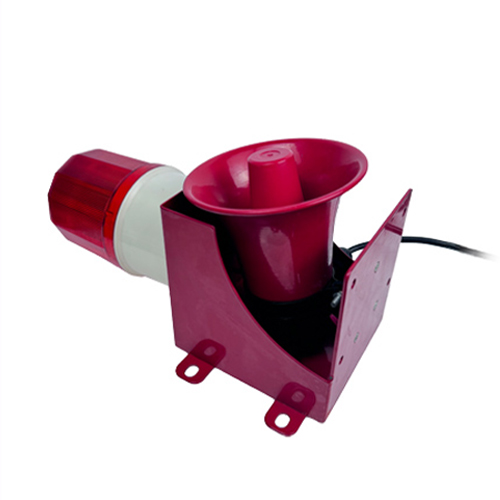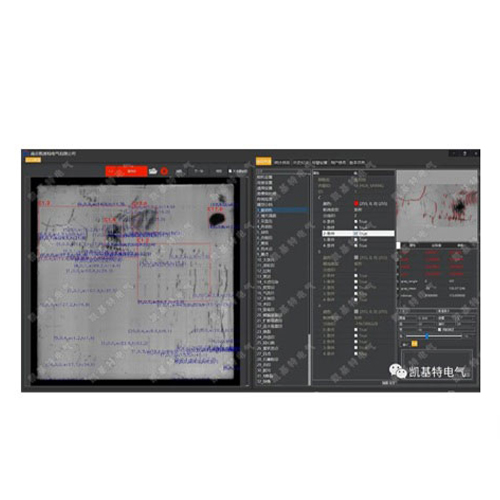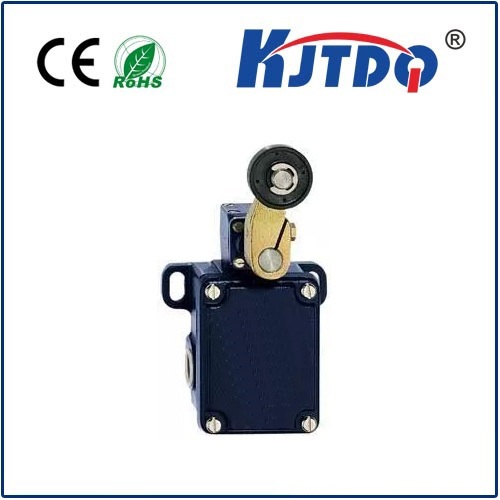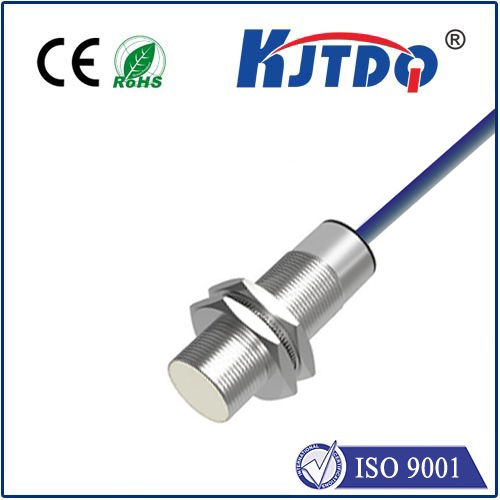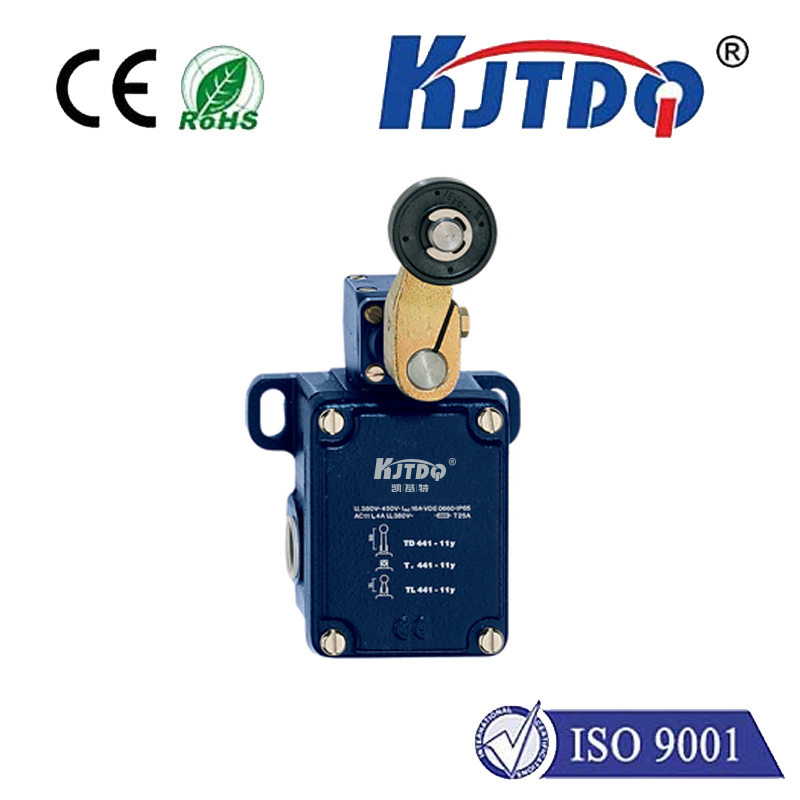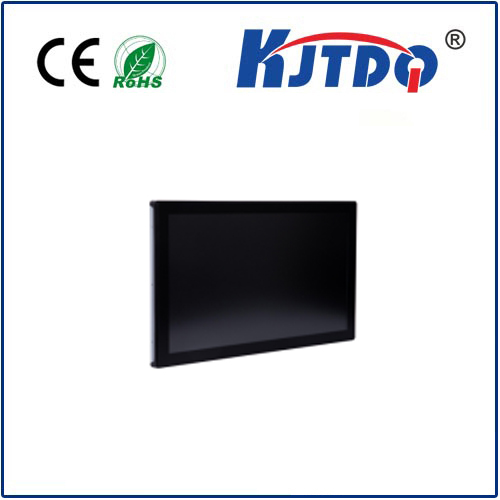smart pressure sensor
- time:2025-08-19 10:50:11
- Click:0
Smart Pressure Sensors: Revolutionizing Measurement with Intelligence
In the intricate symphony of modern technology, sensing is the fundamental melody. Among the vast orchestra of sensors, pressure transducers have long played a critical role, monitoring everything from tire inflation to industrial boiler safety. But the era of the simple, “dumb” pressure gauge is rapidly fading. Enter the Smart Pressure Sensor – a device infused with computational power and connectivity, transforming passive measurement into actionable intelligence. This evolution isn’t just incremental; it’s reshaping industries by unlocking unprecedented levels of efficiency, safety, and insight.
Gone are the days when a pressure sensor merely outputted a raw analog signal or basic digital reading. Today’s intelligent pressure sensing solutions integrate microprocessors, sophisticated algorithms, and communication protocols directly onto the sensor die or within its housing. This embedded intelligence allows for much more than just measuring pressure in psi or bar.
What Makes a Pressure Sensor Truly “Smart”?

The defining characteristics of smart pressure sensors elevate them far beyond their predecessors:
- On-Board Signal Processing & Calibration: Instead of sending raw, noisy signals to a distant controller, smart sensors perform critical tasks internally. This includes amplification, temperature compensation (crucial for accuracy across varying environments), linearization (correcting for non-linear responses), and even auto-calibration. This results in cleaner, more reliable, and highly accurate digital outputs right from the source.
- Diagnostics and Self-Monitoring: Predictive maintenance is a game-changer. Smart sensors continuously monitor their own health and performance. They can detect issues like sensor drift, over-pressure events, potential wiring faults, or even impending failure, alerting systems or personnel proactively. This significantly reduces downtime and maintenance costs.
- Data Logging & Advanced Functionality: Many smart pressure transducers feature built-in memory, enabling them to record data over time. This is invaluable for identifying trends, troubleshooting intermittent issues, or providing historical context for pressure readings. Some even offer advanced features like switch-point setting or complex custom calculations performed at the edge.
- Digital Connectivity & Seamless Integration: The “smart” aspect is fully realized through connectivity. Utilizing standard digital interfaces like I²C, SPI, CAN bus, or industrial protocols (HART, Modbus, IO-Link), and increasingly, wireless technologies (Bluetooth Low Energy, Wi-Fi, LoRaWAN), these sensors integrate effortlessly into broader networks and the Internet of Things (IoT) ecosystems. This enables remote monitoring, control, and data aggregation on a vast scale.
- Enhanced Accuracy, Stability, and Reliability: By compensating for inherent errors (like temperature effects) and minimizing noise at the source, smart sensors deliver superior measurement performance consistently over time and across challenging operating conditions. Their inherent diagnostics also enhance overall system reliability.
Unlocking Value Across Diverse Applications
The impact of intelligent pressure sensing reverberates across numerous sectors:
- Industrial Automation & Process Control: In demanding environments like chemical plants, refineries, or manufacturing lines, smart pressure transducers provide critical, real-time data for precise process control. Their self-diagnostic capabilities ensure operational integrity and safety compliance, while digital communication simplifies wiring and integration into Distributed Control Systems (DCS) and SCADA networks. Predictive maintenance based on sensor health data prevents costly unplanned shutdowns.
- HVAC&R Systems: Optimizing energy use in heating, ventilation, air conditioning, and refrigeration hinges on precise pressure monitoring. Smart pressure sensors enable sophisticated control algorithms for compressors, pumps, and valves, leading to significant energy savings. Remote monitoring allows service providers to proactively identify issues like filter clogging or refrigerant leaks.
- Automotive & Transportation: Modern vehicles rely on dozens of pressure sensors for engine management (boost pressure, oil pressure), safety systems (brake pressure, tire pressure monitoring systems - TPMS), and comfort features (air suspension). Smart sensor technology enhances the accuracy and reliability of these critical systems and enables advanced diagnostics via the vehicle’s CAN bus network.
- Medical Devices & Healthcare: Patient safety demands the highest levels of accuracy and reliability. Smart pressure sensors are vital in ventilators, infusion pumps, dialysis machines, and patient monitoring equipment, providing precise, drift-free readings and alerting staff to potential malfunctions or critical patient conditions.
- Water & Wastewater Management: Monitoring pressure in pipelines, pumps, and treatment facilities is essential for leak detection, efficient pump control, and ensuring water quality and distribution. IoT pressure sensors with wireless capabilities make deploying monitoring points in remote or extensive infrastructure far more feasible and cost-effective.
- Consumer Electronics & Wearables: Even smartphones and wearable fitness trackers increasingly utilize miniature MEMS-based smart pressure sensors for applications like altitude tracking, weather prediction, and advanced fitness metrics (e.g., elevation gain during workouts). Their small size, low power consumption, and digital output make them ideal for these applications.
The Driving Forces Behind the Smart Revolution
Several key innovations fuel the rise of the smart pressure sensor:
- Advancements in MEMS (Micro-Electro-Mechanical Systems) Technology: MEMS allow for the miniaturization of highly sensitive pressure sensing elements, enabling smaller, more robust, and lower-cost devices that form the core of many smart sensors.
- Enhanced Semiconductor Integration: Integrating signal conditioning circuitry (ASICs - Application-Specific Integrated Circuits), microcontrollers, and memory directly with the sensing element on a single chip or package is fundamental. This integration enables the complex processing required locally.
- Standardized Digital Communication Protocols: The proliferation of standardized industrial (IO-Link, HART) and consumer/IIoT (Bluetooth LE, Wi-Fi, MQTT) protocols provides the essential pathways for easy data exchange and network integration.
- Lower Power Electronics: Efficient power management techniques are crucial, especially for battery-powered or energy-harvesting sensors used in remote IoT pressure monitoring applications. Low power consumption is a key design goal.
- Advanced Algorithms & Edge Computing: Sophisticated algorithms running on the sensor’s integrated processor handle compensation, diagnostics, and even basic analytics, shifting computation to the “edge” and reducing the burden on central systems.
The Future is Intelligent and Connected
The trajectory for smart pressure sensors points towards even greater intelligence, integration, and ease of use. Expect continued miniaturization, enhanced wireless capabilities (especially leveraging emerging low-power wide-area networks), improved energy efficiency, and the incorporation of more sophisticated edge analytics and AI-driven diagnostics. Intelligent pressure sensing is no longer a luxury; it’s becoming the standard, driven by the undeniable value it brings in terms of improved accuracy, enhanced reliability, predictive maintenance capabilities, seamless integration into digital ecosystems, and ultimately, significant operational cost savings. As our world becomes more instrumented and interconnected, the smart pressure sensor stands as a vital enabler, quietly and intelligently ensuring systems operate safely, efficiently, and reliably.












